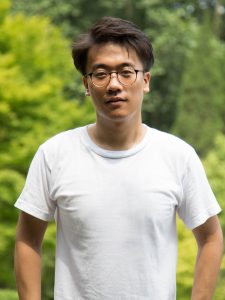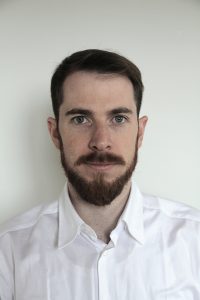Faculty
Caleb Brooks
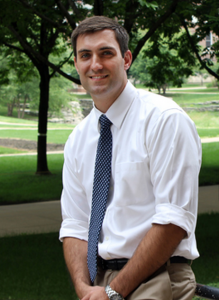
- Ph.D. School of Nuclear Engineering, Purdue University, 2014
- Assistant Professor, University of Illinois, Department of Nuclear, Plasma, and Radiological Engineering, 2014 – 2020
- Associate Professor, University of Illinois, Department of Nuclear, Plasma, and Radiological Engineering, 2020 – present
117 Talbot Laboratory
104 South Wright Street
Urbana, IL 61801
Research Interest
- Fluid mechanics and heat transfer
- Nuclear reactor thermal hydraulics
- Modeling and development of safety analysis codes
- Research and development of small modular reactors
- Computational fluid dynamics code development
Past Research Efforts
- Two-group drift flux model
- Interfacial area transport modeling and benchmark
- Modeling of boiling and condensing two-phase flow
- Wall nucleation modeling in flow boiling
- Modeling and validation of 1-D system codes
- Modeling and validation of 3-D CFD codes
- Thermal-hydraulic stability of small modular reactors
- Modeling of two-phase transport in air-water systems
- Measurement of two-phase transport in boiling, condensing, flashing flows
- Measurement of wall nucleation characteristics
- Interfacial drag in the 1-D two-fluid model
- Void fraction covariance in 1-D two-fluid model
- Modeling in annular flow
- Gas entrainment in ECCS pump suction piping
Research Awards
- AESJ Shorei-sho Award (society-wide young member research award) (Spring 2017)
- Purdue University College of Engineering Outstanding Research Award (April 2013)
Current and Future Research Focus
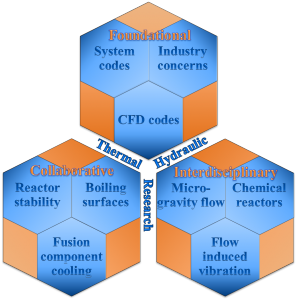
Visiting Scholars
Longxiang Zhu
- B.E. Nuclear Engineering, Chongqing University, China, 2016
- PhD. Nuclear Engineering, Xi’an Jiaotong University, China, Expected 2021
“The subject of my research project is experimentation, modeling, and simulation of two-
phase boiling systems. My research mainly focus on the obtaining a complete dataset of
boiling two-phase flow in the facility. With this dataset, I will improve critical boiling
models and validate thermal-hydraulic computational tools.”
Graduate Students
Joe Bottini
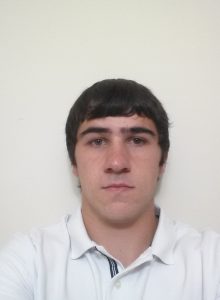
- B.S. Nuclear, Plasma and Radiological Engineering, University of Illinois at Urbana-Champaign, 2016.
- NEUP Fellow: 2016 – Present (Nuclear Energy University Program)
- M.S. Nuclear, Plasma, and Radiological Engineering, University of Illinois at Urbana-Champaign, 2018
“I investigate the influence of surface wettability on boiling characteristics, particularly the Critical Heat Flux (CHF), on heated surfaces. Many boiling models and CHF models incorporate the effects of external parameters such as pressure, flow, and subcooling as well as orientation. However, few models accurately incorporate the effect of surface wettability on the nucleation and departure of bubbles as well as the influence on the departure from nucleate boiling which characterizes the critical heat flux in the low-quality flow regime. Initial experiments were performed on the influence of high-energy radiation on the surface wettability measured through the contact angle, but results showed the effect was not sustained for a long period of time. The critical heat flux was then characterized under low-pressure and low-flow conditions for a normal copper surface and compared with results from a laser-textured surface with a different surface wettability. Results showed a clear impact of the surface wettability on the boiling curves and CHF points. Future efforts will be devoted to the computational space to improve boiling models by incorporating surface wettability and validating with experimental results.”
Zhiee Jhia Ooi
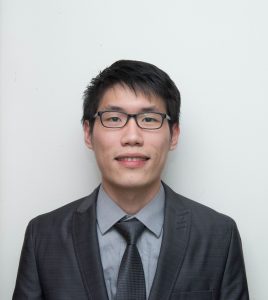
- B.S. Nuclear, Plasma and Radiological Engineering, University of Illinois at Urbana-Champaign, 2016.
- M.S. Nuclear, Plasma, and Radiological Engineering, University of Illinois at Urbana-Champaign, 2017
“My research is on the improvement of the closure models for the Two-Fluid Model in flashing flows. The accurate prediction of void fraction and interfacial area concentration is important for the safety of nuclear reactors. However, it is challenging for the current systems analysis codes to accurately predict flashing flows, especially under low-pressure conditions. With the models that I am proposing, it is shown that the accuracy of the predictions can be improved substantially. Additionally, I have also been involved in different projects, such as the experimental investigation of the variability between nucleation sites, the experimental study of two-phase natural circulation, and the modeling of power infrastructure at the system level.”
Jiaqi Chen

- B.E. Nuclear Engineering and Technology, University of Science and Technology of China, 2018.
- M.S. Nuclear, Plasma, and Radiological Engineering, University of Illinois at Urbana-Champaign, 2020
“My current research is studying the Xenon removal process from molten salt with He by means of CFD modeling. By removing the Xenon in the molten salt, load-following feature could be achieved in MSRs. Current commercial CFD software does not incorporate molten salt properties in its database, thus in order to simulate molten salt related process UDFs have to be used. Moreover, the Xenon removal process includes more than one phase: Helium gas, Xenon and the molten salt. Considering this, Eulerian multiphase flow model will be adopted.”
Taiyang Zhang
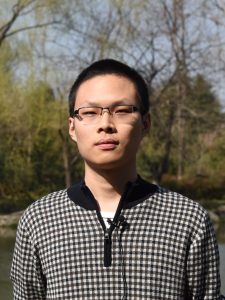
- B.E. Nuclear Engineering and Technology, University of Science and Technology of China, 2018.
- M.S. Nuclear, Plasma, and Radiological Engineering, University of Illinois at Urbana-Champaign, 2019
“My current research focuses on two-phase flow instability in low-pressure natural circulation systems, covering both experiments and analytical modeling. With dedicated instrumentation and procedures, instability-induced periodic flow is captured as multidimensional dynamic two-phase data. Classical linear stability analysis is also performed to reveal the underlying mechanisms. Our research enriches the existing theories for understanding instability and provides unique materials for validating computational tools under transient two-phase conditions.”
Michelle McCord
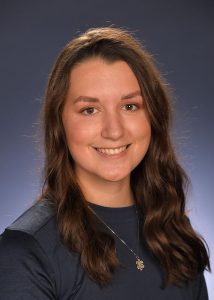
- B.S. Engineering Physics, University of Illinois at Urbana-Champaign, 2020
“Over the past year, I have been studying the film boiling region following critical heat flux. This research is done with experimental data along with variability studies of boundary conditions, system parameters, and uncertainty modeling. Current research in this area does not include convective boiling systems for understanding film boiling. My research on quasi-stable film boiling in a vertical, convective test section can provide further advancements in the field of boiling characteristics and modeling.”
Undergraduate Students
Erik Smith
- B.S. Nuclear, Plasma and Radiological Engineering, University of Illinois at Urbana-Champaign, 2021.
Alumni
Xinyao Anna Liang
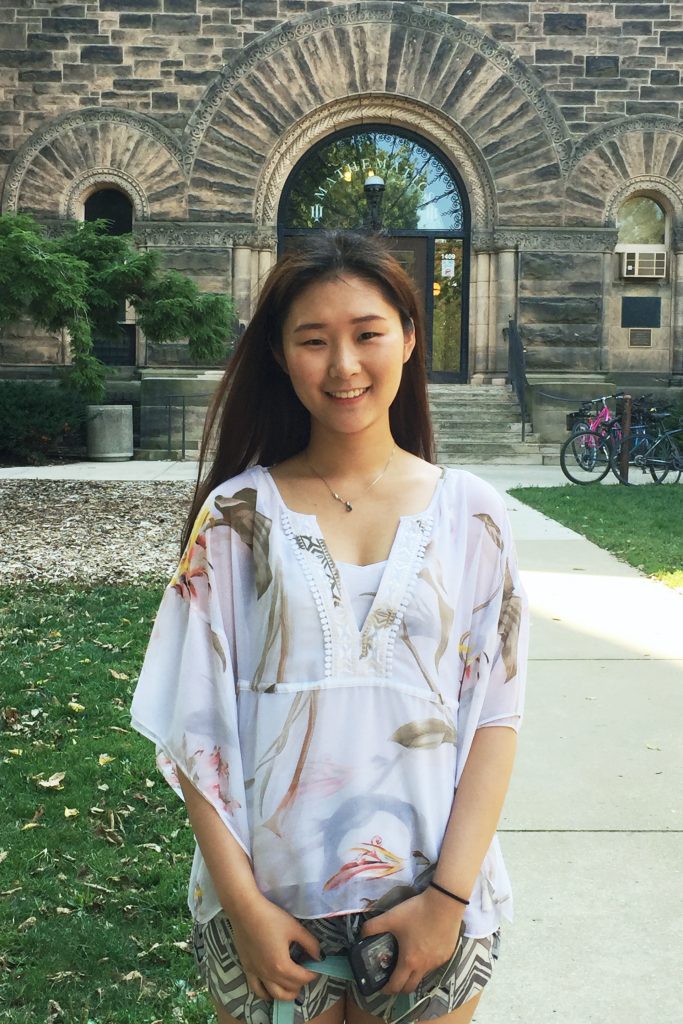
-
-
- B.S. Nuclear, Plasma and Radiological Engineering, University of Illinois at Urbana-Champaign, 2018.
-
Maciej Skrzypek
- B.E. Power Engineering, The Faculty of Power and Aeronautical Engineering (MEiL), Warsaw University of Technology (WUT), 2010
- M.S. Nuclear Power Engineering, MEiL, WUT, 2012
- PhD. Nuclear Power Engineering, MEiL, WUT, Expected 2020
- Visiting Scholar, Nuclear, Plasma, and Radiological Engineering, University of Illinois at Urbana-Champaign, 2019
Alex Heald
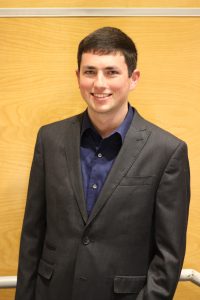
- B.S. Chemical Engineering, University of California Irvine, 2017.
- M.S. Nuclear, Plasma, and Radiological Engineering, University of Illinois at Urbana-Champaign, 2019
Vineet Kumar
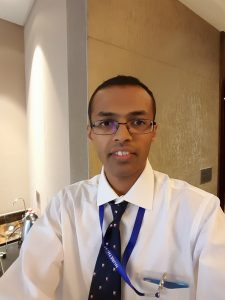
- B.E. Mechanical Engineering, Anna University, India
- M.S. Mechanical Engineering, Purdue University
- Ph.D. Nuclear, Plasma, and Radiological Engineering, University of Illinois at Urbana-Champaign, 2019
- Post Doctoral Researcher at ORNL
Nate Colgan
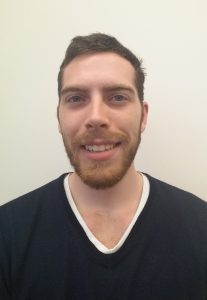
-
-
- B.S. Aerospace Engineering, Massachusetts Institute of Technology, 2015.
- NRC Fellowship.
- M.S. Nuclear, Plasma, and Radiological Engineering, University of Illinois at Urbana-Champaign, 2018.
-
Longcong Wang
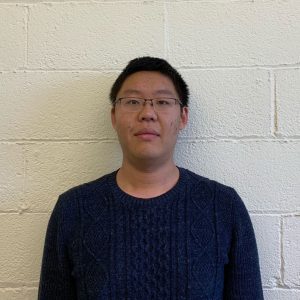
- B.S. Nuclear and Risk Engineering, City University of Hong Kong, 2017
- M.S. Nuclear, Plasma, and Radiological Engineering, University of Illinois at Urbana-Champaign, 2018
Divyansh Khattak
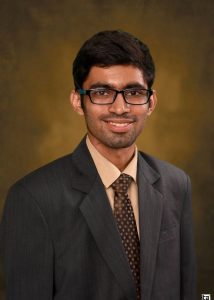
- B.E. (Hons.) Mechanical Engineering, Birla Institute of Technology and Science, Pilani, India, 2017
Ryan Pullara
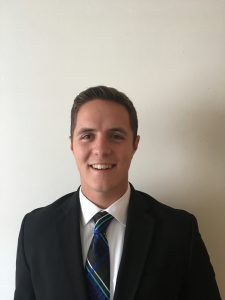
-
-
- B.S. Nuclear, Plasma and Radiological Engineering, University of Illinois at Urbana-Champaign, 2019.
-
